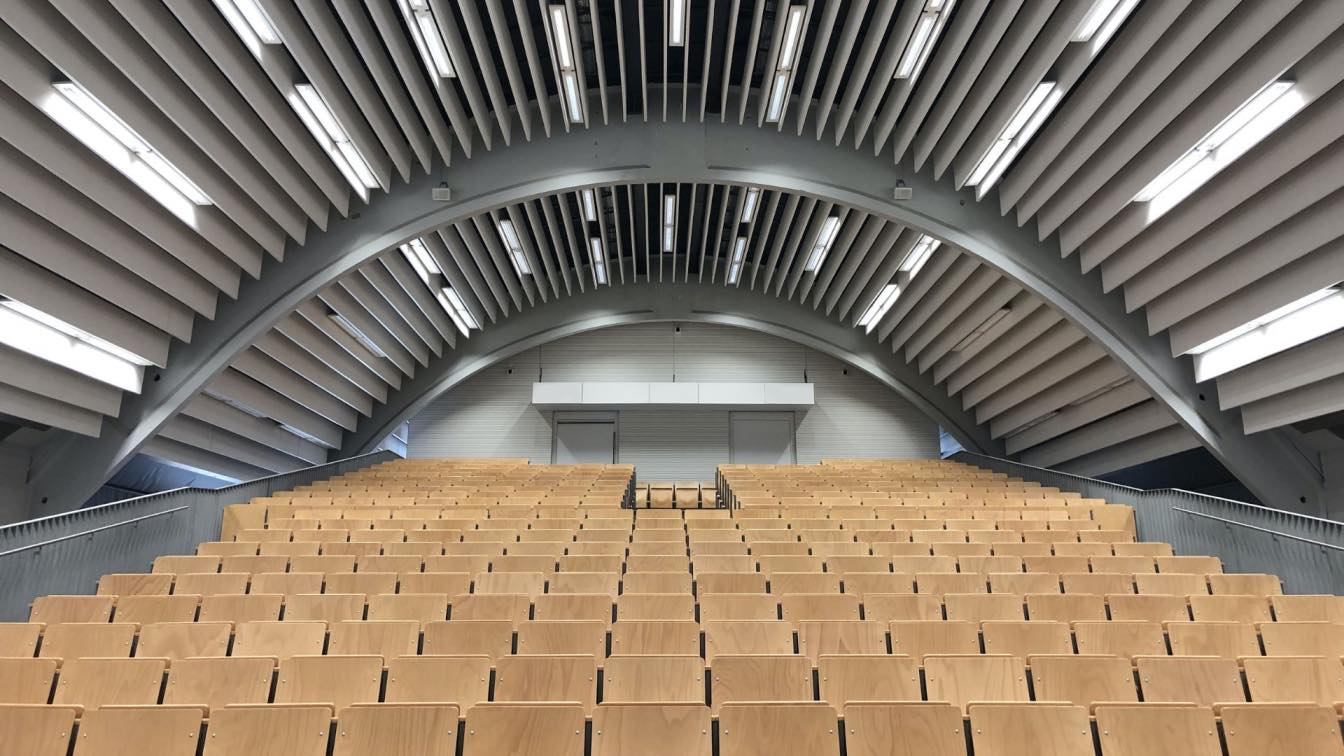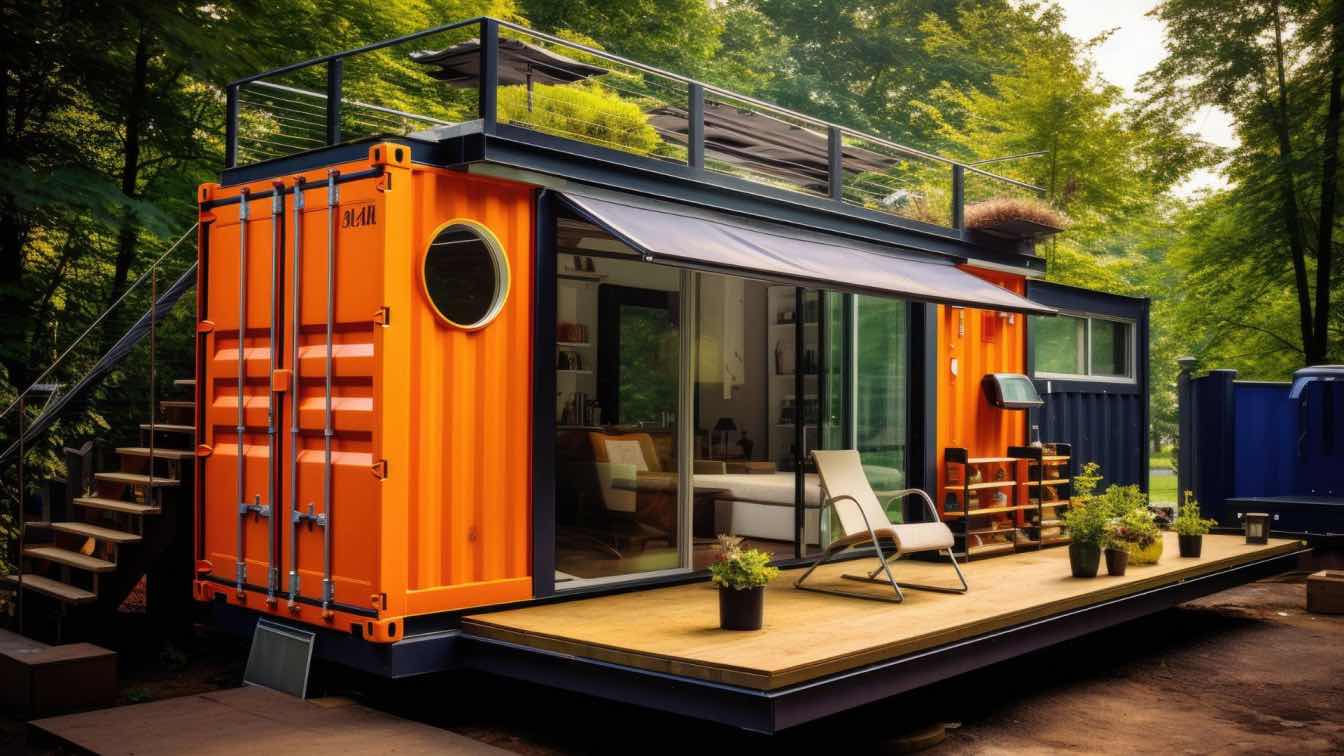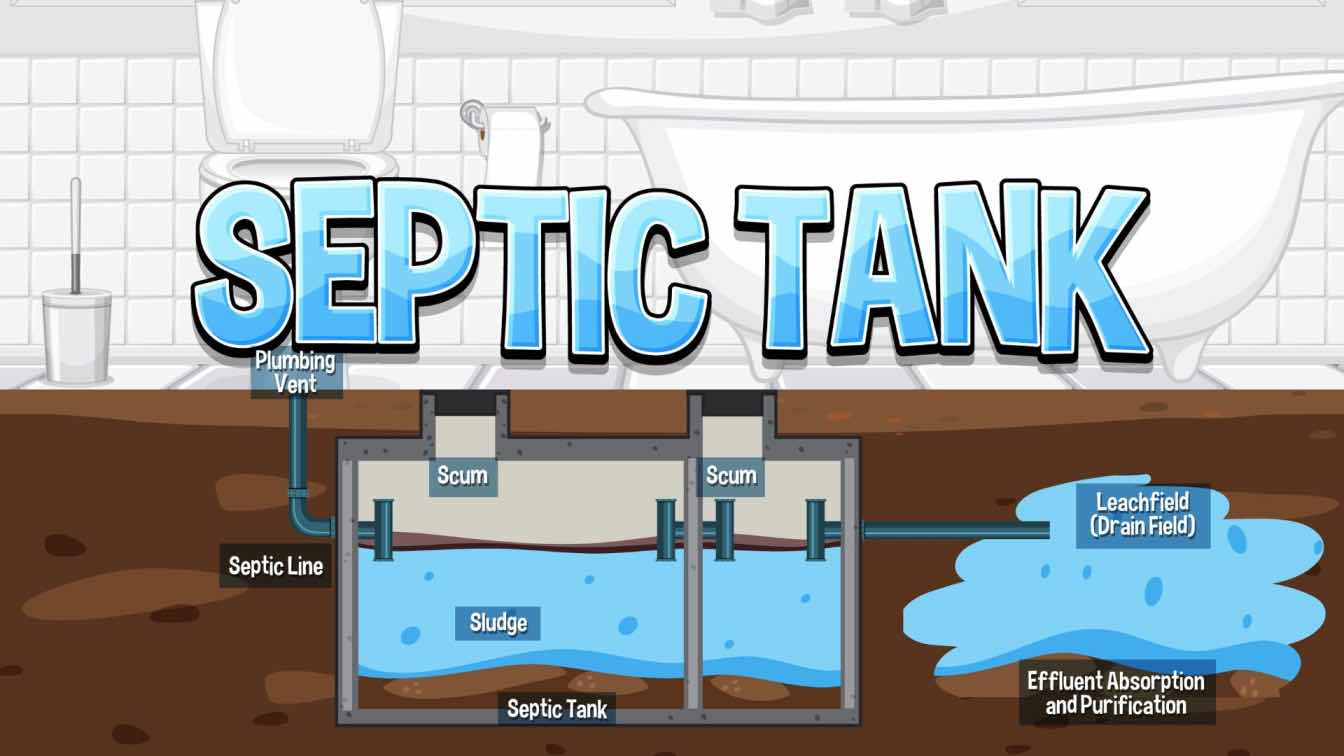Introduction
The world has changed significantly in the last two decades. The advent of digital technologies drives the need for new skills and professions. This means that schools and universities need to adapt to new market requirements. Adapting learning spaces for students means reconfiguring lectures. As well as classrooms to support new learning mechanisms.
In this article, we are going to share a few tips on how to redesign and adapt the learning space. And prepare it for the next generation of students. We will explore fresh ideas that make it possible to create professionals that future job markets need.
Modern space for lunch and relaxation
Traditional cafeterias no longer provide students with everything they need. Nowadays, young generations expect additional benefits everywhere, even in the school cafeteria. Redesigning the traditional lunch zone can provide extra learning space, too. With a strong Wi-Fi connection, students can use their lunchtime to exchange project info. Or get help from their peers. Proper furniture can turn the cafeteria into a lounge bar that promotes education. There, students can perform research or seek online essay service that hires professional writers. Students often seek online help with more challenging tasks. A controlled Wi-Fi access keeps them safe online.
Allowing students a wholesome experience during their breaks has many advantages. The kids stay safe inside, they have the chance to socialize and relax among peers.
Multimedia centers
Innovative school design must include a feature-rich multimedia center. Both college and high school students need better conditions than traditional libraries with bulky desks. Modern ideas include placing lazy bags where kids can relax and do their research. For those who study thoroughly, there should be VR sets with diverse content. Students who wish to learn foreign languages would benefit from different language-learning software. This means providing quality headsets, so they don't interrupt others around them.
These types of innovative ideas for school and university accommodations promote comfort for students, and more. It would allow better conditions for collaboration and sharing of new ideas. The potential of Virtual Reality technology in learning is massive. A well-equipped multimedia center should harness the power of VR. And allow students to exploit its benefits. Including the 3D experience of distant places and abstract concepts.
Mixed learning spaces
One of the most useful innovative education ideas is creating a mixed learning space. This means creating a room where different subjects can be explored at the same time. Students could learn math, science, and literature in a shared space. With some creative design, students would learn their respective subjects without interrupting each other. Furthermore, this could allow students engaged in different subjects to work together easier. It's also a good way to save school space. Even teachers could benefit from this. They could help each other during lectures. What's also good about mixed learning spaces is that they offer flexibility. This means allowing students to move to another subject. If certain conditions are met, of course. Instead of having students idly waiting for the rest of the group to finish their tasks, they could move on and learn something new.
STEM laboratories
Among many innovative ideas for students, building STEM labs take a respectable position. Science, technology, engineering, and math are the building blocks of the future. These labs should be equipped with the latest technology. As well as hubs that promote development and exploration. Students could work on diverse science and tech projects cooperatively and individually. This type of innovative approach can also benefit schools. Universities and high schools could invest in students’ projects and profit from them.
There are many gifted students with unique ideas. Yet, they need support to achieve their goals. With a proper STEM lab in school, kids could exercise their talents. Moreover, they could come up with amazing discoveries at an early age.
Conclusion
Education should follow the evolution of technology and social changes. To form functional adults, schools need to understand the modern world. Nowadays, students respond better to the informal environment. Classes need more interactivity instead of students quietly taking notes. Digital technology plays a vital role in our everyday lives. Therefore, schools need to adopt new concepts and learning tools that the digital era has to offer.
Author Bio
Scott Roberts is a freelance copywriter. He is interested in tech, education, lifestyle and various other topics. For his work, he conducts extensive research of the most recent sources of data. Scott Roberts creates articles that aim to inform and entertain the audience with new ideas and fresh stories.





